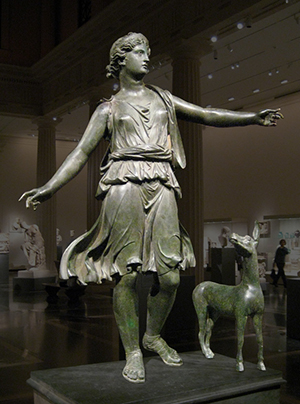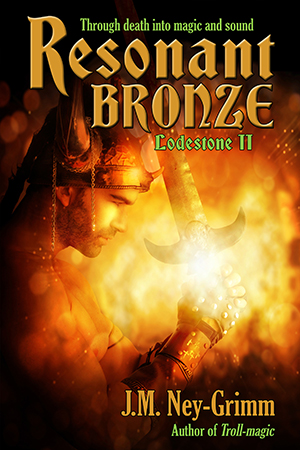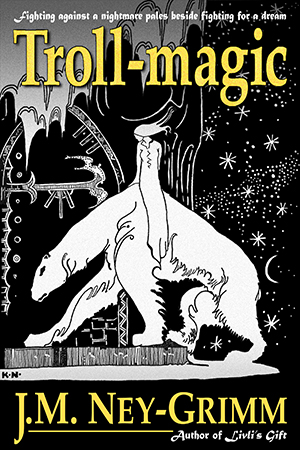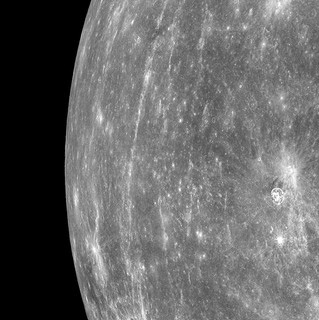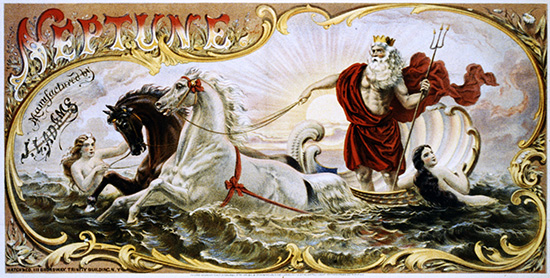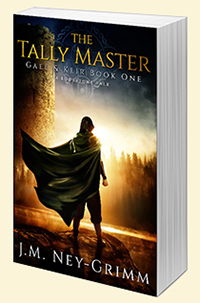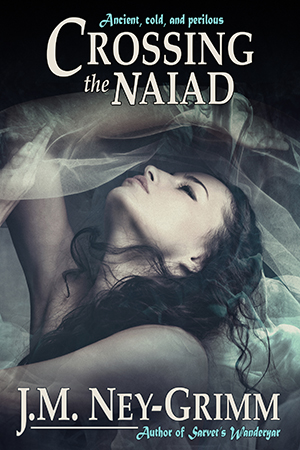 The characters in my soon-to-release Devouring Light are celestial beings charged with the guardianship of heavenly bodies.
The characters in my soon-to-release Devouring Light are celestial beings charged with the guardianship of heavenly bodies.
Some of them share a name with a Greek or a Roman god. Thus Ares protects the planet Mars. Artemis Diana cares for Earth’s moon. While Gaia watches over Earth itself.
Other celestials bear unique names. My protagonist, Mercurio Veloxus Ludificor, tends the planet Mercury.
All of the celestials wear the garb of the ancient Romans and the ancient Greeks.
Everyone knows what a toga is. (Or thinks he does! 😉 ) But what about the peplos? Or the strophium? I had to research the topic in order to describe Mercurio’s garments accurately—when he’s striping them off after a long, hard day! As well as those of Lixy, his unexpected visitor.
Of course, I’m going to share what I learned! Let’s take it garment by garment.
The tunica is your basic undergarment, often worn under another tunic or peplos. It usually hangs to the knees, but sometimes falls to mid-calf, or even the ankles. Children typically wear only a tunica at home, but don an outer garment in which to go out. Adults prefer more layers.
The tunica is a rectangular garment sewn into a tube. Pins (fibulae) or buttons secure the shoulders when it is worn solo. A sewn seam is more usual when it is worn beneath other clothing.
The Strophium
Another undergarment: the breast band. It’s a long, narrow strip of cloth bound tightly around the chest to support a woman’s bosom.
Obviously, Mercurio does not wear one of these. But Lixy does, as do Juno and Star and other female celestials.
Spoiler: As it turned out, I never did mention the strophium in Devouring Light. So often we writers do the research and only a tiny bit makes it onto the page. But we need to know.
The Subligaculum
This word was too long, with too many syllables, for me to use it in Devouring Light. Yes, I did need to refer to it in the course of my story! But I called it a “loin brief,” because that’s what it covers: the loins.
The subligacula of the ancient Romans took the form of either shorts or a cloth wrapped around the loins. It was a standard part of the dress for active folk like soldiers, gladiators, and athletes. Sometimes it was made of leather.
Reading about the peplos was an aha! moment for me. So that’s why those ancient Greek statues look the way they do! Ha!
So what’s the trick?
The peplos is essentially a long tunic, worn by women, that stretches from shoulder to ankle. Like a tunica, it’s sewn along the sides to make a tube. But it’s so long that the top third is folded over and drapes to the waist. That’s what makes that blousey over garment on all the statuary.
A sash or belt gathers the peplos at the waist.
Pins or buttons secure the fold at the top over the shoulders. And there you have it: the peplos.
The Tunica
This is where the garb of the ancients gets confusing. Because while the tunica is the basic undergarment, it can also serve as outer wear for children and for men.
Thus Mercurio might wear a short tunica next to his skin, with a longer tunica over it. Especially when he wants to be most formally dressed!
So is the tunica underwear? Or is it a formal robe? Only context makes this clear!
The stola is a woman’s version of the men’s toga, but it’s a lot more convenient!
It’s a long, pleated linen dress – generally sleeveless; sometimes sleeved – worn as an outer garment.
Clasps secure the shoulders. Two belts confine the garment to the torso: one immediately below the breasts, the other at the waist. The belts create many folds and layers. The more layers, the higher the woman’s status.
The Toga
The toga is the outer garment for males, worn both for warmth (in cool weather) and for propriety when leaving the home. Going without, in ancient Rome, would have been shocking. Not quite so shocking for my celestials.
Being a casual guy, Mercurio doffs his when he can get away with it, because the thing is so unweildy!
Togas are huge! And heavy! Made of a rectangular piece of wool, they measure 20 feet in length, and were wrapped around the body, under the right arm, and over the left shoulder.
Pure white togas dignify ceremonial occasions, but my celestials wear them in all hues.
For more about the world of Devouring Light, see:
The Celestial Spheres of Sol
The Graces
Roman Dining
The Heliosphere
The Oort Cloud
Mercury the Planet
Draco the Dragon
The Simiae


